
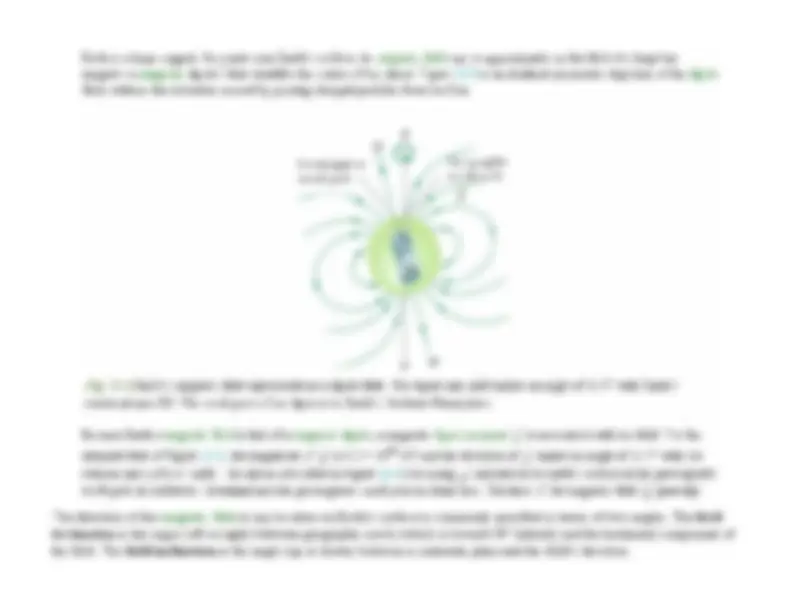
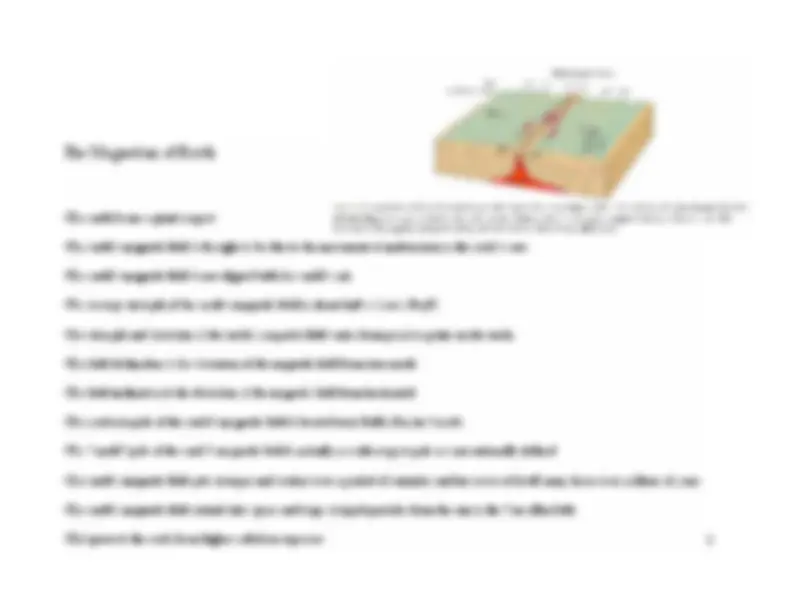
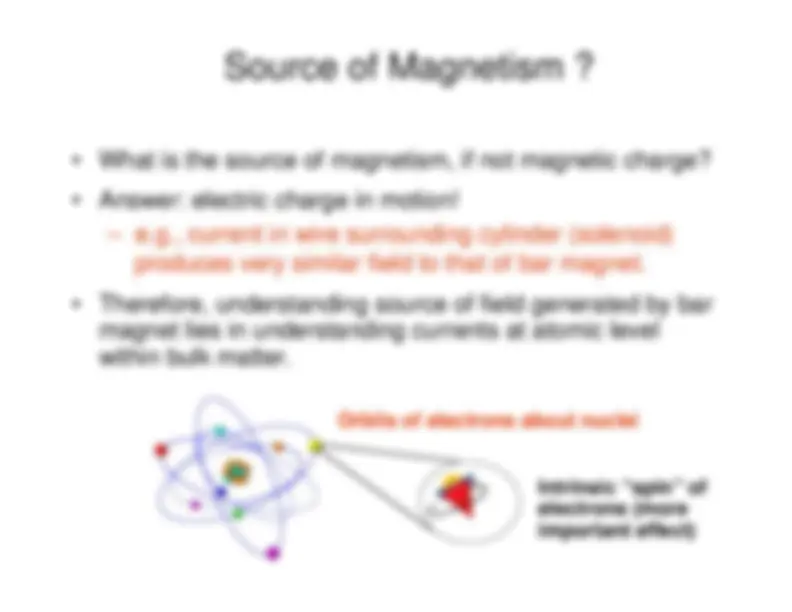
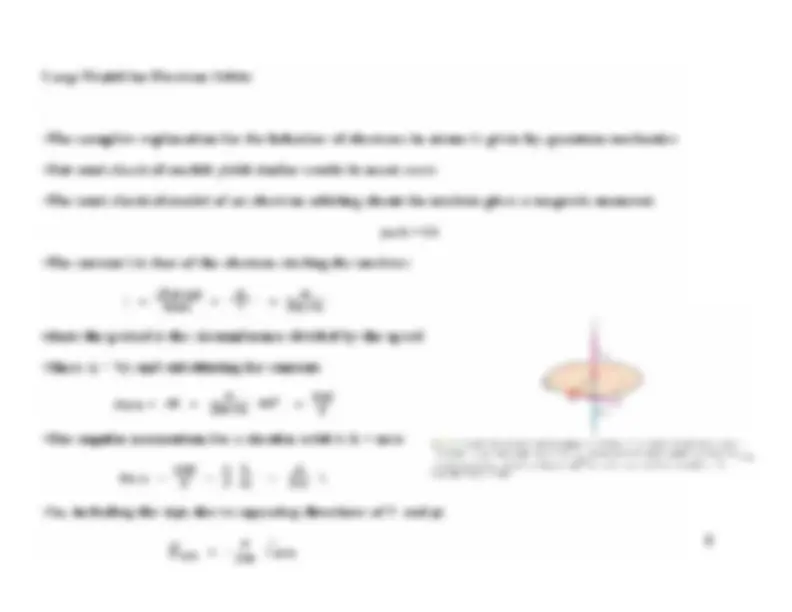
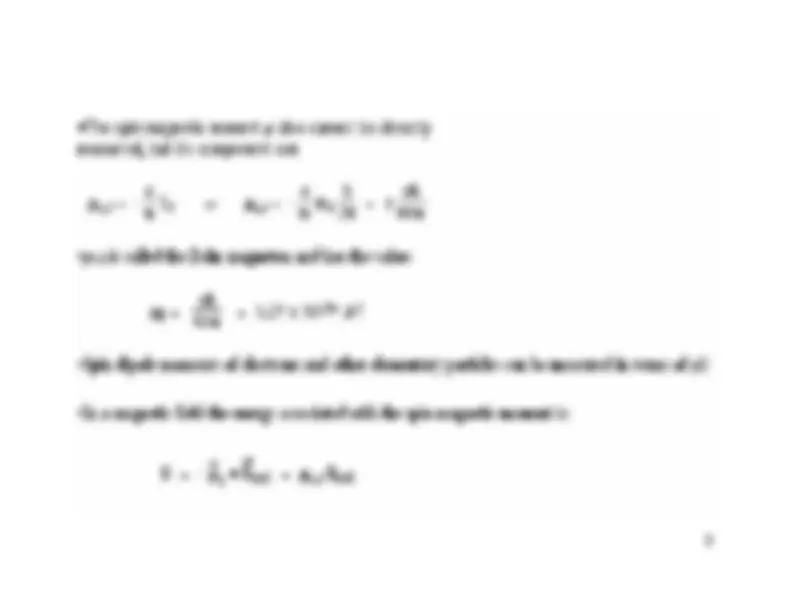
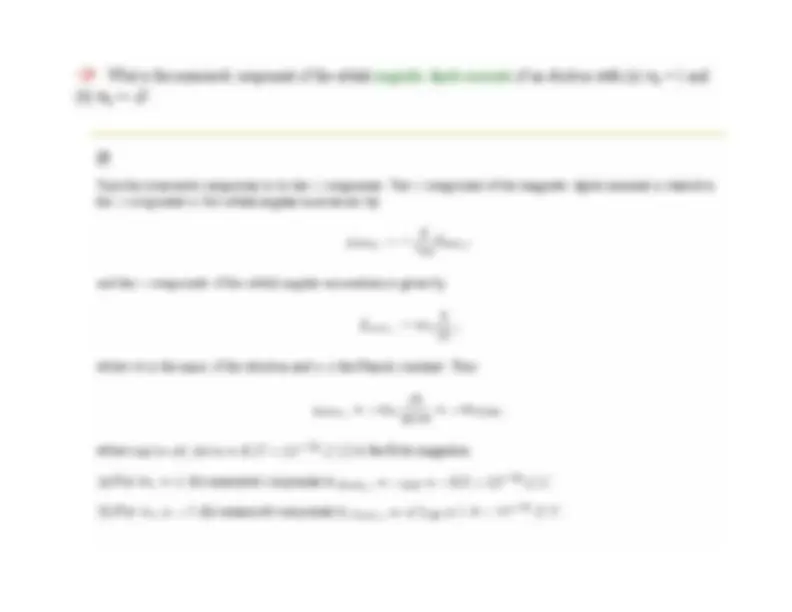
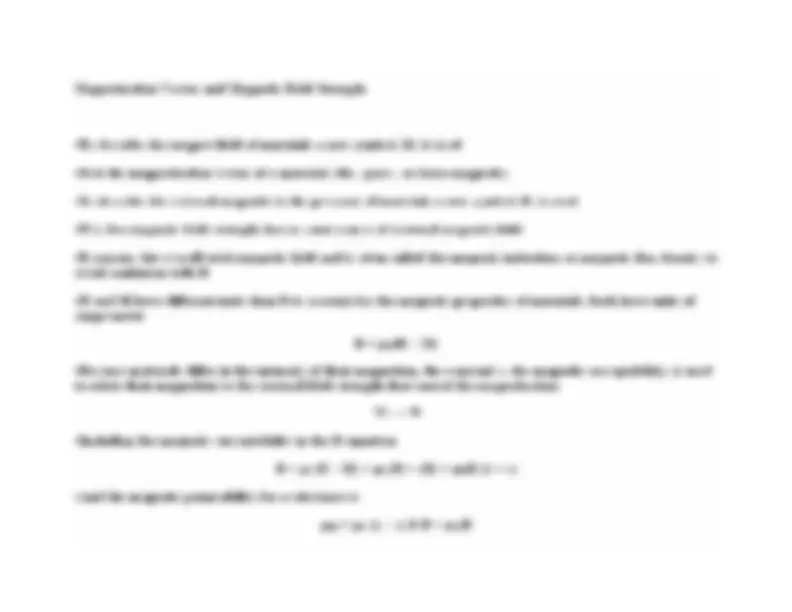
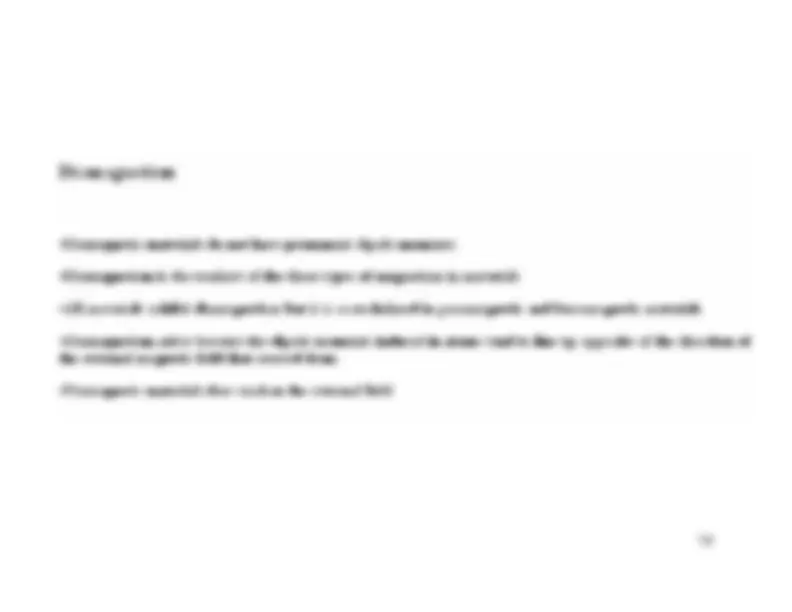
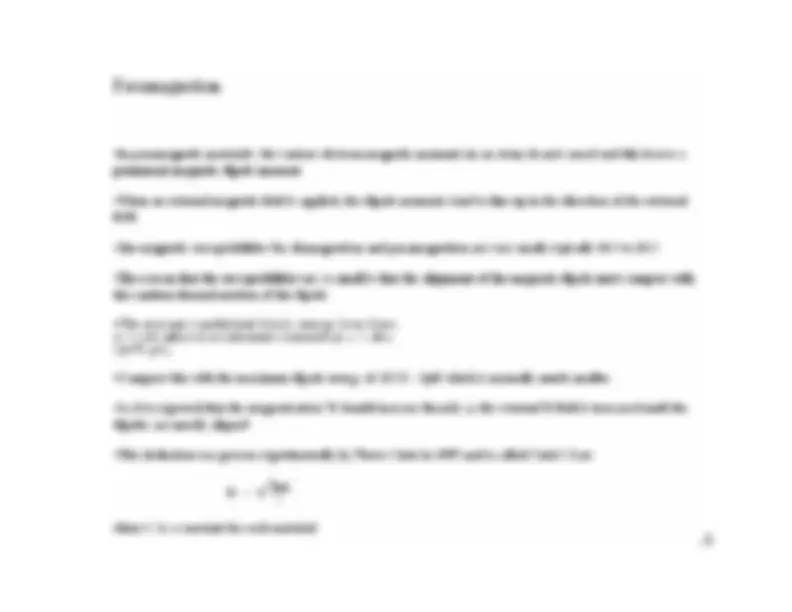
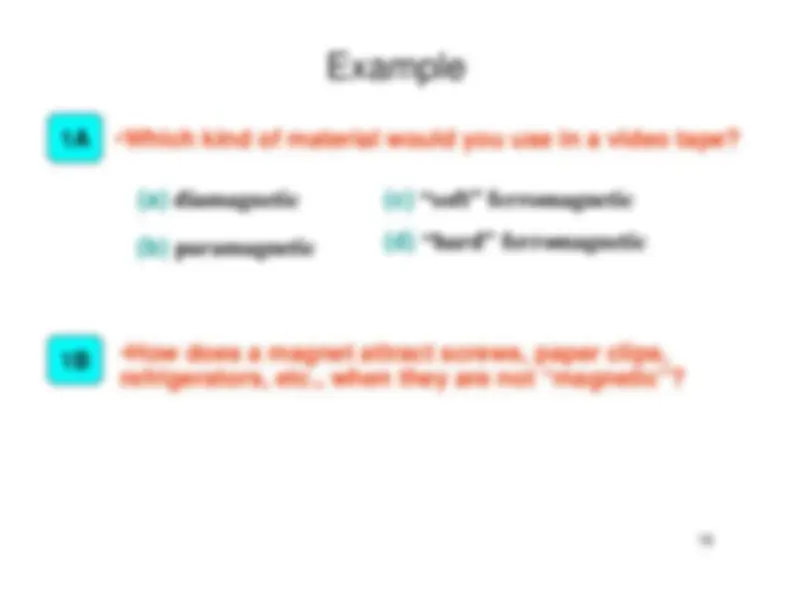
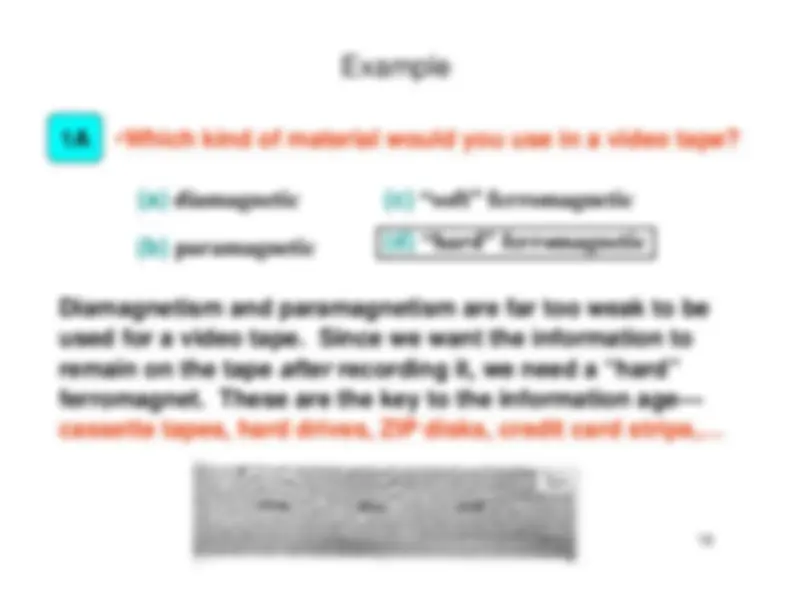
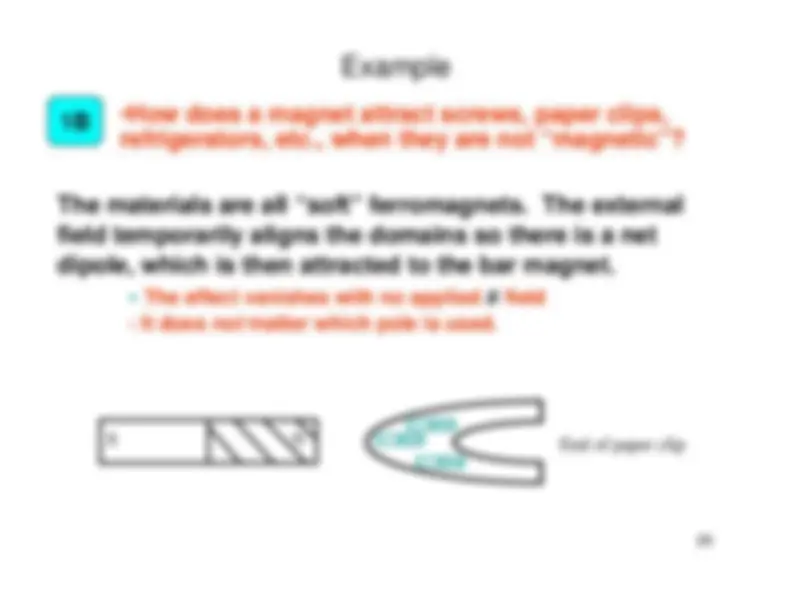


Study with the several resources on Docsity

Earn points by helping other students or get them with a premium plan


Prepare for your exams
Study with the several resources on Docsity

Earn points to download
Earn points by helping other students or get them with a premium plan
Community
Ask the community for help and clear up your study doubts
Discover the best universities in your country according to Docsity users
Free resources
Download our free guides on studying techniques, anxiety management strategies, and thesis advice from Docsity tutors
A part of a lecture series on magnetism of matter. It covers the sources of magnetism, different types of magnetic materials, and their responses to applied magnetic fields. The concept of magnetic domains and their alignment in 'soft' and 'hard' ferromagnets, which are commonly used in various technologies such as video tapes, hard drives, and credit card strips.
Typology: Study notes
1 / 20

This page cannot be seen from the preview
Don't miss anything!













B
enc
E
0
0
0
μ
ε
μ
E
d
0
Source of Magnetism?
What is the source of magnetism, if not magnetic charge?
Answer: electric charge in motion!
produces very similar field to that of bar magnet.
Therefore, understanding source of field generated by barmagnet lies in understanding currents at atomic levelwithin bulk matter.
Orbits of electrons about nuclei
Intrinsic “spin” ofelectrons (moreimportant effect)
Even in the absence of an applied B, the dipoles tend tostrongly align over small patches – “domains”.Applying an external field, the domains align to producea large net magnetization.
“Soft” ferromagnets
The domains re-randomize when the field is removed
“Hard” ferromagnets
The domains persist even when the field is removed
“Permanent” magnets
Domains may be aligned in a different direction by applyinga new field
Domains may be re-randomized by sudden physical shock
If the temperature is raised above the “Curie point” (
˚
for
iron), the domains will also randomize
Æ
paramagnet
MagneticDomains
Which kind of material would you use in a video tape?
(a)
diamagnetic
(b)
paramagnetic
(c)
“soft” ferromagnetic
(d)
“hard” ferromagnetic
Diamagnetism and paramagnetism are far too weak to beused for a video tape. Since we want the information toremain on the tape
after
recording it, we need a “hard”
ferromagnet. These are the key to the information age—cassette tapes, hard drives, ZIP disks, credit card strips,…
How does a magnet attract screws, paper clips, refrigerators, etc., when they are not “magnetic”?
The materials are all “soft” ferromagnets. The externalfield temporarily aligns the domains so there is a netdipole, which is then attracted to the bar magnet.
The effect vanishes with no applied
B
field
not
matter which pole is used.
End of paper clip
S
N